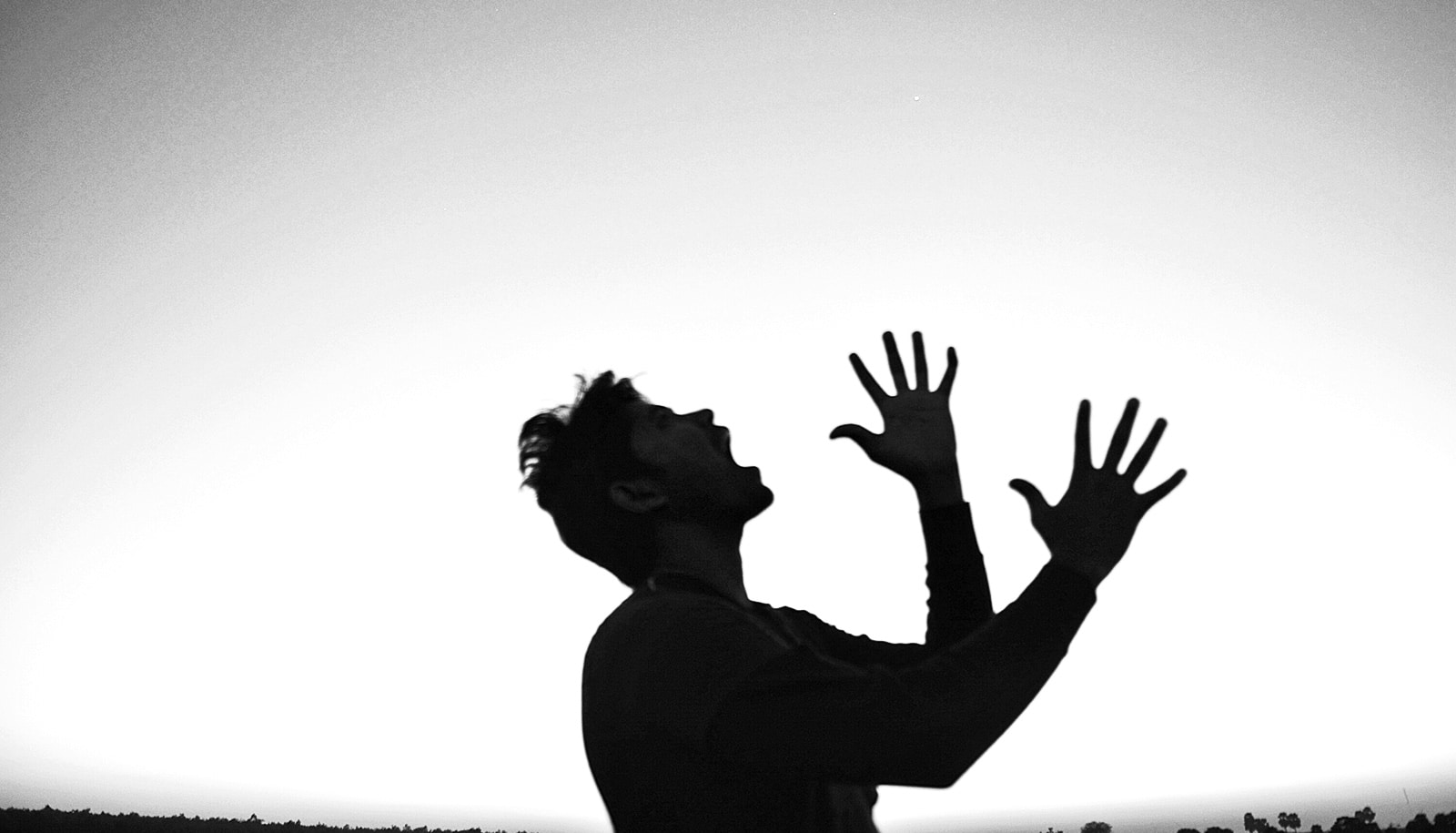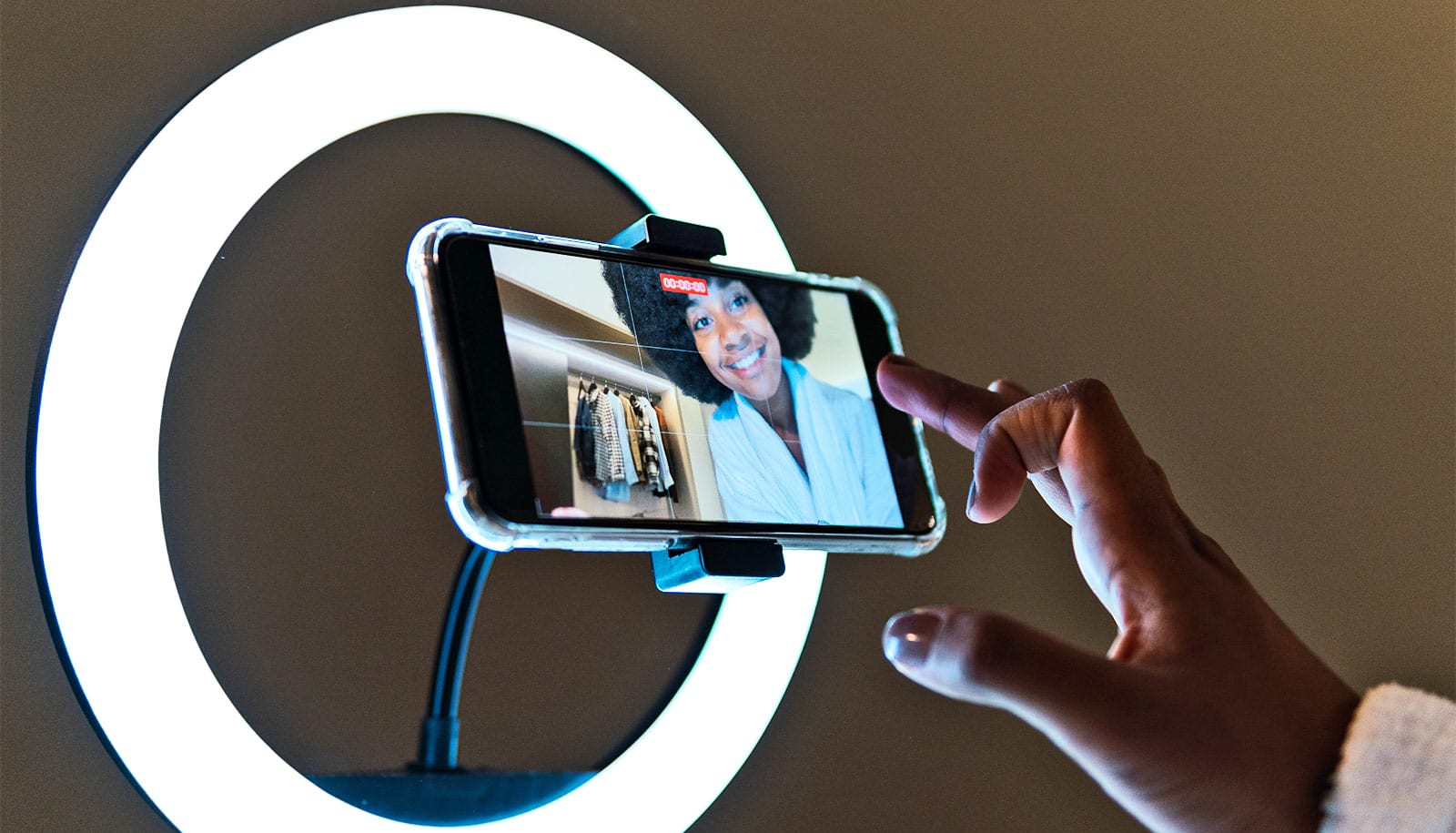When outcry against offensive behavior on social media goes viral, people may see those challenging the behavior less as noble heroes doing the right thing and more as bullies doling out excessive punishment, according to a new study.
Through a series of laboratory studies, Benoît Monin, a professor of ethics, psychology, and leadership at the Graduate School of Business and professor of psychology at Stanford University, and PhD candidate Takuya Sawaoka found that while comments against offensive behavior are seen as legitimate and even admirable as individual remarks, they may lead to greater sympathy for the offender when they multiply.
Viral anger
“One of the features of the digital age is that anyone’s words or actions can go viral, whether they intend to or not,” says Sawaoka.
“In many cases, the social media posts that are met with viral outrage were never intended to be seen by people outside of the poster’s social circle. Someone doesn’t even need to be on social media in order for their actions to go viral.”
“We’ve all either been in one of those maelstroms of outrage or just one step away from one as bystanders on our social media news feeds…”
Because of social media, responses to questionable behavior reach further than ever before.
“We’ve all either been in one of those maelstroms of outrage or just one step away from one as bystanders on our social media news feeds,” says Monin, noting how frequent these public outcries have become on social media.
For example, in 2013 there was public outcry over a young woman who tweeted that she couldn’t get AIDS while traveling to Africa because she was white. Her post, which she says she intended as a joke, went viral across social media and quickly made its way into the news. It led to her losing her job.
“On the one hand, speaking out against injustice is vital for social progress, and it’s admirable that people feel empowered to call out words and actions they believe are wrong,” says Sawaoka. “On the other hand, it’s hard not to feel somewhat sympathetic for people who are belittled by thousands of strangers online, and who even lose friends and careers as a result of a poorly thought-out joke.”
‘Outrage at the outrage’
Sawaoka and Monin put their observations to the test. They conducted six experiments with a total of 3,377 participants to examine how people perceived public outcry to an offensive or controversial post on social media. The researchers set up a variety of scenarios, including asking people how they felt when there were only one or two comments versus a mass of replies.
In one study, the researchers showed participants a post taken from a real story of a charity worker who posted a photograph of herself making an obscene gesture and pretending to shout next to a sign that read “Silence and Respect” at Arlington National Cemetery.
“There is a balance between sympathy and outrage…”
They asked participants how offensive they found the photograph, as well as what they thought about the responses to the post.
The researchers found that when participants saw the post with just a single comment condemning it, they found the reaction applaudable.
When they saw that reply echoed by many others, they viewed the original reply—which had been praiseworthy in isolation—more negatively. Early commenters were de facto penalized for later, independent responses, they say.
“There is a balance between sympathy and outrage,” says Monin about their findings. “The outrage goes up and up but at some point sympathy kicks in. Once a comment becomes part of a group, it can appear problematic. People start to think, ‘This is too much—that’s enough.’ We see outrage at the outrage.”
What about a white supremacist?
The researchers were curious to know whether people would feel less sympathetic depending on the status of the offender. Would they feel differently if something offensive was says by a well-known person, or by someone many people regard as abhorrent, like a white supremacist?
“Obviously, the implication is not that people should simply stay silent about others’ wrongdoing.”
In one study, participants were shown a social media post taken from a real story where a comedian ridiculed overweight women. The researchers set up two conditions: one where they referred to him as an average social media user, and another where they said he was an up-and-coming comedy actor.
Mirroring their earlier findings, the researchers found that a high-profile persona did not elicit any less sympathy than the average person—despite the fact that people believed they could cause more harm from their post. And like their previous results, the researchers found that people viewed individual commenters less favorably after outrage went viral.
When Sawaoka and Monin tested for affiliation to a white supremacist organization, they found similar results. Although participants were less sympathetic toward a white supremacist making a racist comment, they did not view the individuals who participated in the outrage any differently. They still perceived the display of viral outrage as bullying.
Negative posts out-do flops in social media marketing
“These results suggest that our findings are even more broadly applicable than we had originally anticipated, with viral outrage leading to more negative impressions of individual commenters even when the outrage is directed toward someone as widely despised as a white supremacist,” Sawaoka and Monin write.
No quick fix
The question about how to respond to injustice in the digital age is complex, Sawaoka and Monin conclude in the paper.
“Our findings illustrate a challenging moral dilemma: A collection of individually praiseworthy actions may cumulatively result in an unjust outcome,” Sawaoka says.
Depression more likely for social media addicts
“Obviously, the implication is not that people should simply stay silent about others’ wrongdoing,” he clarifies. “But I think it is worth reconsidering whether the mass shaming of specific individuals is really the best way to achieve social progress.”
Source: Stanford University



